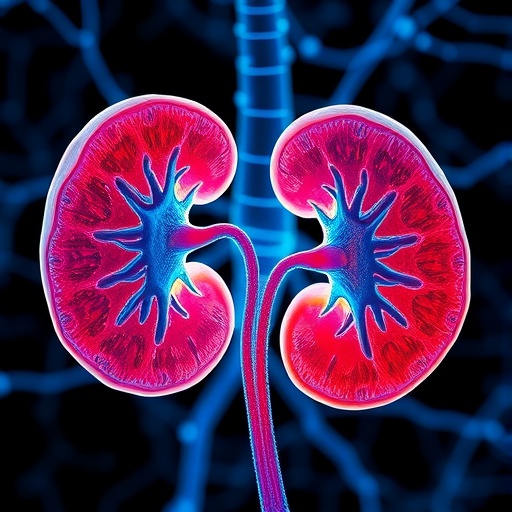Have you ever wondered how top goal keepers such as Manuel Neuer or Gianluigi Buffon decide which corner to dive to in a penalty kick situation? You are in good company. Ever since the first penalty kicks were introduced to soccer in 1891, experts, coaches and supporters have puzzled over the question of why some goalkeepers are better at stopping penalties than others. A new review of the available literature now proves that simply learning which corner to dive to is not enough. It is important that goalkeepers also perfectly calculate their dive to get to the corner at the right time. The study was led by John van der Kamp of the Vrije Universiteit Amsterdam in the Netherlands and is published as part of a special issue in Springer's German Journal of Exercise and Sport Research.
Typically, the time a goalkeeper requires to get into the right corner of a goal to save a penalty is less than the time available. A goalkeeper waiting for a penalty shooter has only half a second after the ball has been kicked to decide which side of the goal to dive to. As it takes the average goalkeeper about 0.6 seconds to reach a specific side, and a full second to stretch upwards towards the top corner of the goal area, this leaves little time to take in visual cues such as the ball-flight pattern and its trajectory. In this study, van der Kamp and his colleagues have been working on a new model that takes into account both where and when to dive. Their affordance-based control model captures the constraints that must be satisfied to successfully save a penalty kick. This includes aspects of lateral velocity, and therefore the magnitude and force of a dive, and scales goalkeepers' required actions to their maximum capabilities. According to van der Kamp and his colleagues, former research exclusively focused on how goalkeepers choose the side of the goal to dive to based on the actions of a player during the run-up and the kick. Most of this work has been carried out by analyzing (e.g., by using gaze-trackers) how goalkeepers respond to video footage of penalty kicks without actually making a dive or jump. Based on this research, goalkeepers are recommended to observe specific visual cues in a player's run-up and kick.
As diving was not part of this early work, this new study highlights that not much is yet known about how precisely goalkeepers time their dives within the penalty kick situation. Van der Kamp believes that it is critically important to uncover what visual cues in a player's run-up and kick, or any other information sources help them to decide when to start diving.
"Goalkeepers may also benefit from additional information that tells them to start diving early or late when facing a particular player," adds van der Kamp. As an example, he refers to the German goalkeeper Jens Lehmann whose famous cheat sheet not only told him what side the players were most likely to kick to, but also how long he should wait before starting the dive.
"We argue that goalkeepers in a penalty kick situation should regulate their actions in ways that sustain the perception of 'stoppability'," says van der Kamp. "This perspective will support individually-tailored interventions, which are particularly commonplace among elite players. We look forward to further research and analysis to verify this model.."
###
Reference: Van der Kamp, J. et al (2018). Goalkeeping in the soccer penalty kick: It is time we take affordance-based control seriously! German Journal of Exercise and Sport Research DOI: 10.1007/s12662-018-0506-3
Media Contact
Elizabeth Hawkins
[email protected]
49-622-148-78130
@SpringerNature
http://www.springer.com
https://www.springer.com/gp/about-springer/media/research-news/all-english-research-news/saving-a-penalty–how-science-helps-predict-the-score/15708532
Related Journal Article
http://dx.doi.org/10.1007/s12662-018-0506-3




